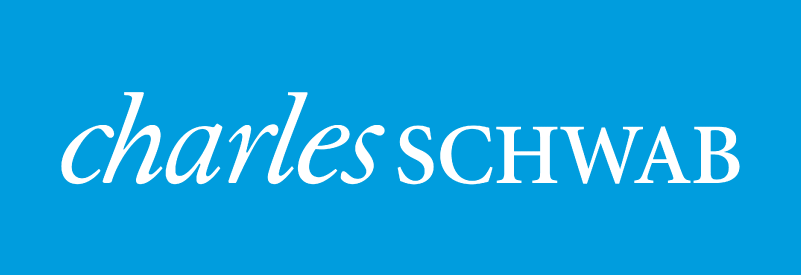The March Narrative
March marked the nine-year anniversary of the equity bull market as investors weighed the balance of bullish arguments (economy, earnings) and bearish arguments (tariffs, interest rates, valuations) against one another. The month of March delivered the first consecutive monthly decline (-2.5%) in the S&P 500 since October 2016 and snapped a nine-quarter winning streak. Key market events included POTUS tariff proposals, Amazon business scrutiny, Facebook privacy breaches, and a 0.25% Fed rate hike. Value and small cap-oriented strategies outperformed growth strategies due to performance headwinds experienced by some big technology companies. Bond yields fell slightly despite emerging signs of inflation momentum finally picking up.
Market Anecdotes
- Earnings come into focus now that Q1 is a wrap. FactSet consensus earnings estimates see 7% quarter over quarter growth which would be the largest Q1 result since FactSet data began in 1996. The year over year forecast calls for 17.3% growth, the fastest pace in seven years.
- Fed Chair Jerome Powell impressed Fed watchers at his first FOMC press conference. He communicated an expected 0.25% rate hike and came off as relatively dovish on balance.
- Fiscal stimulus has the U.S. Treasury department ramping up debt issuance to record levels to pay for approved budget outlays and tax cuts which started taking effect in January. A recent 4 week stretch saw a record $747b in treasury bill issuance and more records are most certainly coming down the road.
- There’s been a distinct shift in the volatility regime since January 26th. There were zero 1% market moves in the 60 days leading to 1/26. In the subsequent 45 days we’ve seen 22 moves of over 1%.
- New Chief Economic Advisor, Larry Kudlow, is seen as a strong dollar and hardline China replacement to Gary Cohn. Given his TV experience, he is also seen as a strong pitchman and a good match for POTUS but has markets somewhat on edge regarding U.S. trade protectionism.
- Nikkei lost 5.8% on the quarter, its worst performance in two years. Culprits are a strong yen, trade policy uncertainty, and rising U.S. interest rates.
- Pipeline stocks fell 10% from the March high on a FERC ruling that MLPs can no longer recover a key income tax allowance.
- Italy’s elections in early March resulted in a “hung parliament” with no party attaining a majority. Euro-skeptic parties collectively (League, Five-Star, Brothers of Italy) did much better than mainstream parties. Due to vastly differing overall agendas, it is difficult to see an anti-Euro coalition taking shape, but League + Five Star is seen as the worst combo of the three.
- Headline unemployment has been less than 3.9% in only 1 month since 1970.
Economic Release Highlights
- March ISM Manufacturing index eased off February’s 14 year high to a still outstanding level of 59.3. New orders, backlog orders, export orders all suggest continued strength.
- March ISM Non-Manufacturing index came in as expected at 58.8, a robust level and near the prior two months. Strong new orders and employment were both notable factors.
- March Consumer Confidence Index eased slightly to 127.7 from February’s level of 130.8. Consumer sentiment hit its highest levels since 2004.
- Jobless claims remain in one of the most prolonged downtrends in history. We are seeing the lowest weekly jobless claims since the early 1970’s and have seen 161 consecutive weeks below 300k claims – the longest streak on record. Continuing jobless claims (1.8mm) also reached record lows relative to the size of the U.S. labor force. That said, March payroll growth of 103,000 widely missed expectations but unemployment remained at 4.1%.
- The March jobs report included annual and monthly wage growth of 2.7% and 0.3% respectively which did substantiate what has become a consensus call for upward wage pressures continuing.
- Citigroup Economic Surprise Indices suggest economic momentum around the world has slowed recently with the most pronounced relative trend reflecting a slowdown across the Eurozone.
- Final estimate of 4Q GDP was revised upward from 2.5% to 2.9%, driven by robust consumer spending.




Leave a Reply